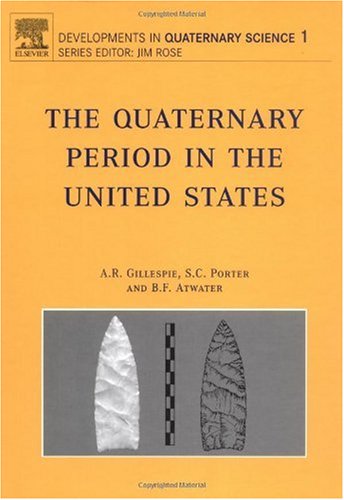

Most ebook files are in PDF format, so you can easily read them using various software such as Foxit Reader or directly on the Google Chrome browser.
Some ebook files are released by publishers in other formats such as .awz, .mobi, .epub, .fb2, etc. You may need to install specific software to read these formats on mobile/PC, such as Calibre.
Please read the tutorial at this link: https://ebookbell.com/faq
We offer FREE conversion to the popular formats you request; however, this may take some time. Therefore, right after payment, please email us, and we will try to provide the service as quickly as possible.
For some exceptional file formats or broken links (if any), please refrain from opening any disputes. Instead, email us first, and we will try to assist within a maximum of 6 hours.
EbookBell Team

4.4
72 reviewsWith a chapter on landscape evolution models, the book turns to essays on geologic processes. Two chapters discuss soils and their responses to climate, and wind-blown sediments. Two more describe volcanoes and earthquakes, and the use of Quaternary geology to understand the hazards they pose.
The next part of the book is on plants and animals. Five chapters consider the Quaternary history of vegetation in the United States. Other chapters treat forcing functions and vegetation response at different spatial and temporal scales, the role of fire as a catalyst of vegetation change during rapid climate shifts, and the use of tree rings in inferring age and past hydroclimatic conditions. Three chapters address vertebrate paleontology and the extinctions of large mammals at the end of the last glaciation, beetle assemblages and the inferences they permit about past conditions, and the peopling of North America. A final chapter addresses the numerical modeling of Quaternary climates, and the role paleoclimatic studies and climatic modeling has in predicting future response of the Earth's climate system to the changes we have wrought.